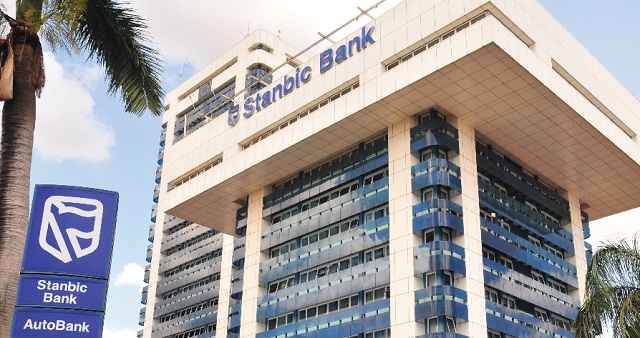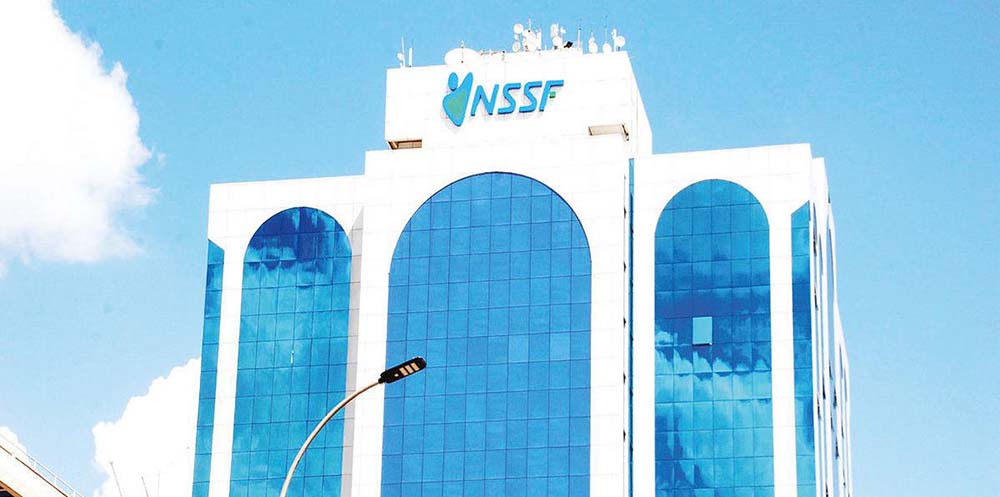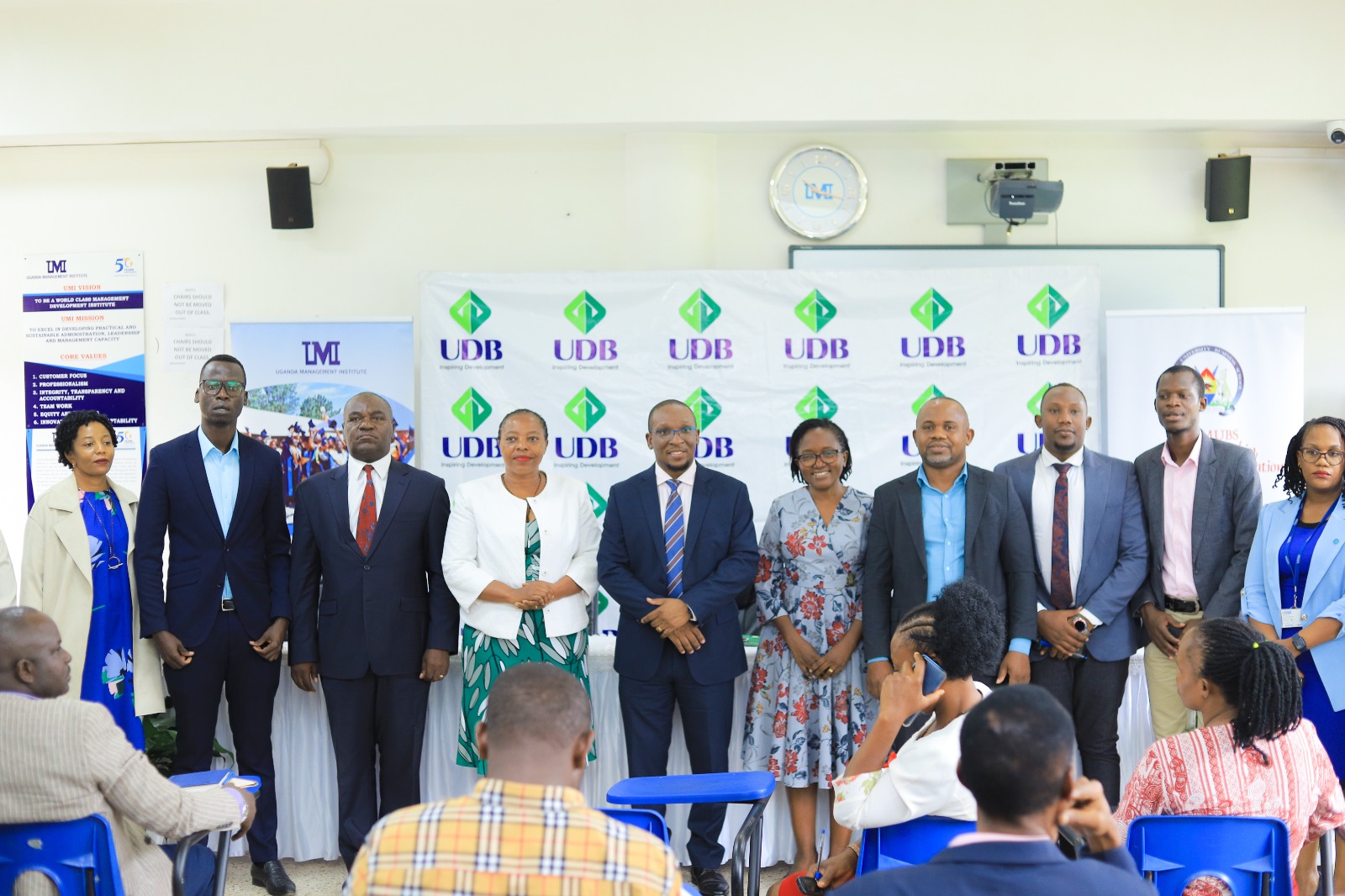Bank loans grew by 6.8% in 2024, says BoU

Stanbic Bank Uganda headquarters in Kampala. Commercial bank lending to the private sector has seen an upward trend in 2024.
Commercial bank lending activities in Uganda have shown a robust increase, growing by 6.8% in the financial year ending June 2024, according to the Bank of Uganda.
According to the Central bank’s annual report for 2023/2024, total loans disbursed reached Shillings 22.6 trillion, up from Shillings 21 trillion the previous year. This growth rate not only surpasses the 5% increase recorded in the prior year but also indicates a positive trend in the banking sector amidst challenging economic conditions.
A key driver of this growth was a significant rise in net credit extensions, which amounted to UGX1.338 trillion for the year ending June 2024, compared to UGX650.1 billion in the previous year. Net credit extension, defined as the change in outstanding credit over a specific period, is a critical measure of lending activity that reflects banks’ willingness to extend credit.
- Despite this encouraging trend, the growth remains below the long-term target of 13%, which is considered optimal for sustaining healthy industry performance. “This moderate growth partly reflects a measured response by financial institutions and borrowers in adapting to the tight financing conditions during the period,” the report notes.
While the increase in lending is a positive sign, financial experts warn that rising lending rates could have significant implications for the economy. The average lending rate currently stands at approximately 12.5%, up from around 11% in the previous financial year. This increase in borrowing costs could deter potential borrowers, particularly small and medium-sized enterprises (SMEs) that rely heavily on loans for operations.
Dr. Sarah Kiyimba, a senior economist at the Uganda National Chamber of Commerce and Industry, explains: “A 6.8% growth in lending is promising, but we must also consider the impact of higher interest rates. As borrowing becomes more expensive, businesses may delay or scale back investments, which can slow down economic growth.”
- Moreover, the total number of loans extended by banks also saw a rise, reaching approximately 1.8 million loans issued in the past year, compared to 1.6 million the previous year. However, this growth could be undermined if higher borrowing costs lead to reduced demand for loans.
John Mwesigwa, a financial consultant, emphasizes the challenges faced by SMEs in this environment.
“Many SMEs operate on tight margins, and if the cost of borrowing increases too much, they may struggle to stay afloat. This could lead to job losses and decreased economic activity,” he warns.
Despite these concerns, some experts believe that a gradual increase in lending activity could also reflect a strengthening of the economy.
“When banks are confident in the repayment capabilities of borrowers, they are more inclined to extend credit, which can stimulate economic growth,” Dr. Kiyimba notes.
- However, the importance of monitoring the lending environment cannot be overstated. Policymakers must ensure that interest rates remain within a manageable range to foster sustainable growth.
- “The goal should be to encourage borrowing while maintaining financial stability. Striking this balance is crucial for the long-term health of the economy,” says Mwesigwa.
The 6.8% growth in bank lending activities highlights a cautious optimism within Uganda’s banking sector, yet it also raises important questions about the impact of rising lending rates on businesses and overall economic growth.
As stakeholders navigate these challenges, maintaining a focus on balanced growth will be essential for fostering a resilient economic landscape. The collaboration among financial institutions, businesses, and policymakers would be key to ensuring that the benefits of increased lending translate into meaningful economic progress for all Ugandans, according to Mwesigwa.









































































